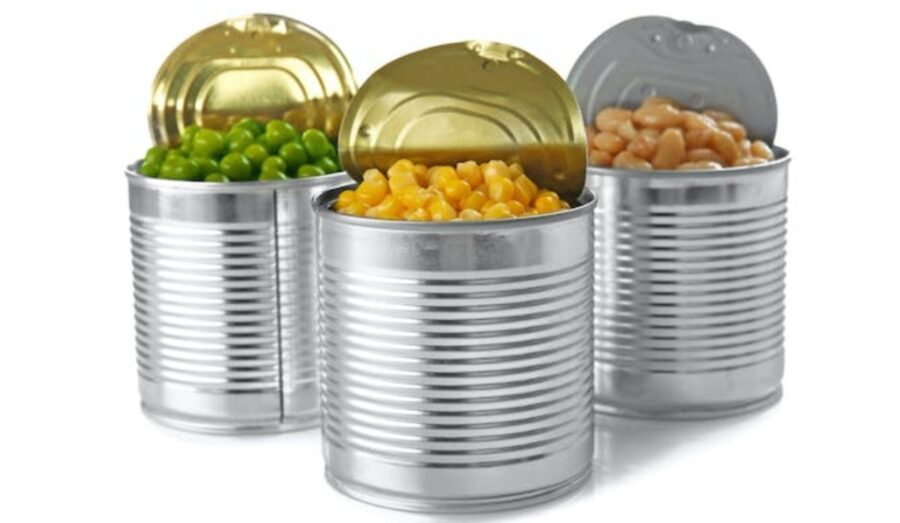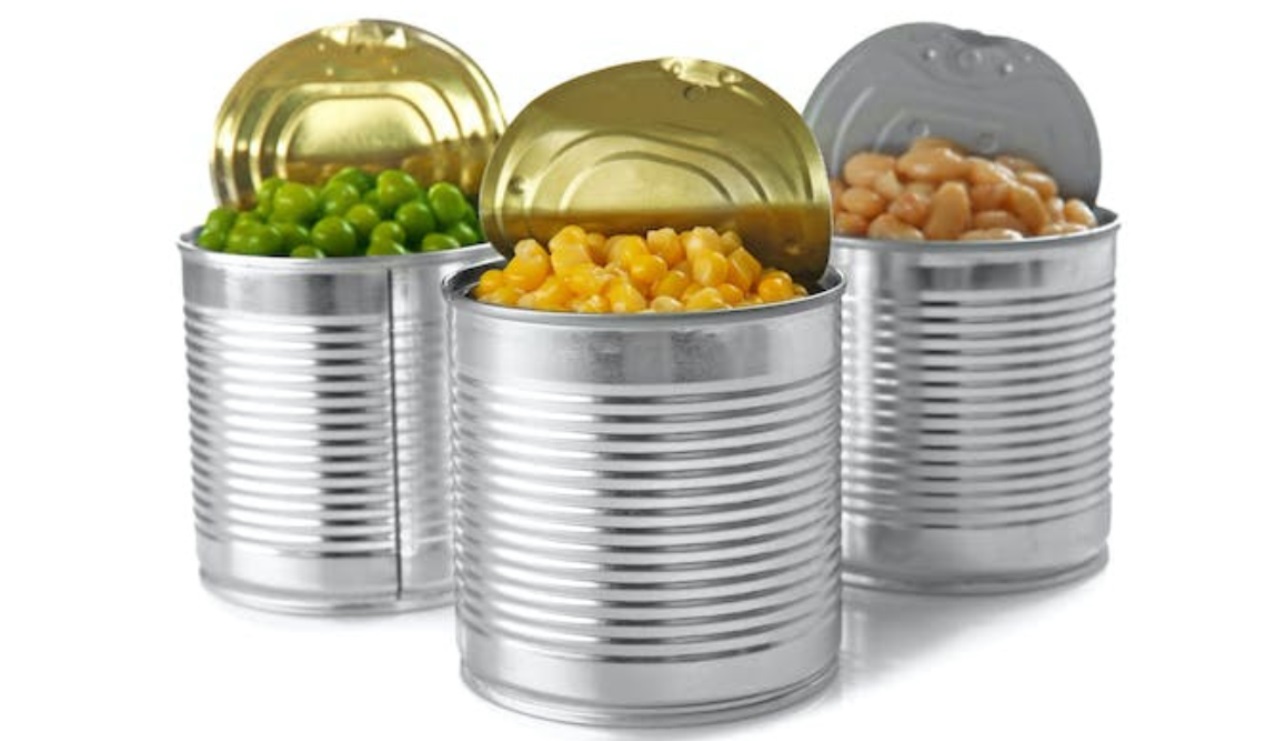
Bad food choices: clearer labels aim to help South Africans pick healthier options
Countries that have adopted clear food labels have seen the health benefits. Researchers explain how a new system to alert South African consumers to unhealthy choices was developed.

South Africans have a hard time figuring out which foods are unhealthy when they go shopping. But this is about to change.
South African supermarkets currently sell large amounts of unhealthy, ultra-processed foods. Packaged foods in particular have high levels of sugar, salt and saturated fat – all things that are bad for our health.
Research shows that the consumption of these foods is linked to increasing rates of obesity and related diseases such as diabetes.
Many countries have been looking for better labelling systems which help consumers understand whether a product is unhealthy. Countries that have adopted simpler labelling systems have seen consumers making healthier choices about food.
South Africa’s health minister published draft food labelling regulations in April. These will introduce a new labelling scheme, limit advertising of unhealthy foods, and restrict the use of misleading health claims.
The draft regulations propose clearer food labels, which include a new triangle highlighting that the food contains ingredients that are unhealthy. These logos will be placed on the front of a product.
We are part of the working group that advised the Department of Health on front-of-package nutrition labelling, drawing on our expertise in dietetics, nutrition, public health and the law.
We worked with consumers and experts on food labelling, advertising and obesity prevention to create a system designed to work well in South Africa.
But it was a complicated process. This is how we did it.
How do we know which food is unhealthy?
The first step is to find a way to identify unhealthy foods. There are international guidelines on how much sugar, salt and saturated fat people should be eating. These can be used to measure whether a food has too much of these ingredients.
Figuring out whether a food is unhealthy can be tricky, but luckily, other countries around the world have adopted systems like this before, known as nutrient profile models, and we could build on what they had already done.
We looked at what foods were being sold in South African supermarkets. We searched for nutrient profiling models that identify unhealthy foods and work well in other countries and tested these on the South African food supply.
We found that the Chilean model, which focuses only on unhealthy ingredients, sugar, sodium and saturated fat, would work well because it was simple to implement and was able to identify unhealthy products very easily and accurately.
We then modified the Chilean model to make it work for South Africa.
Choosing the right label
The next thing to decide was what kind of label South Africa should use. There are lots of different systems but not all work well.
One uses colour coding. For example, a low level of salt would get a green marker while high sugar would get a red one.
There are also descriptive labels which don’t tell consumers whether the amounts are good or bad – just whether they are present.
Then there are warning labels, often shaped like traffic signs, to alert consumers to the high levels of unhealthy ingredients such as saturated fat, sugar and salt.
We looked at how to design a label that would be understandable to the average South African. We consulted South Africans on each element of the label, from the wording and size to the symbols and colour.
We developed a black triangle – inspired by a danger warning sign – which would stand out on colourful food packages and included pictures so that anyone, even those who can’t read or speak English, would be able to understand them.
The last part of this work was a nationally representative randomised, control trial of different labelling systems. Almost 2,000 people across different income groups and education levels participated.
We also found that the warning labels led to consumers changing their minds about what food they would consider buying.
ALSO READ: Leafy greens: Eight super-healthy one’s and why you should eat them
Earlier this year, South Africans had the opportunity to give comments on the regulations that will see this labelling system implemented. Now it’s up to the department to decide when and how to put these regulations into action.
Hopefully, soon all South Africans will be able to see at a glance which foods are bad for their health.
Safura Abdool Karim, Postdoctoral fellow, Johns Hopkins University; Makoma Bopape, Lecturer in Department of Human Nutrition and Dietetic, University of Limpopo; Rina Swart, Professor, University of the Western Cape, and Tamryn Frank, Researcher, University of the Western Cape
This article is republished from The Conversation under a Creative Commons license. Read the original article.
